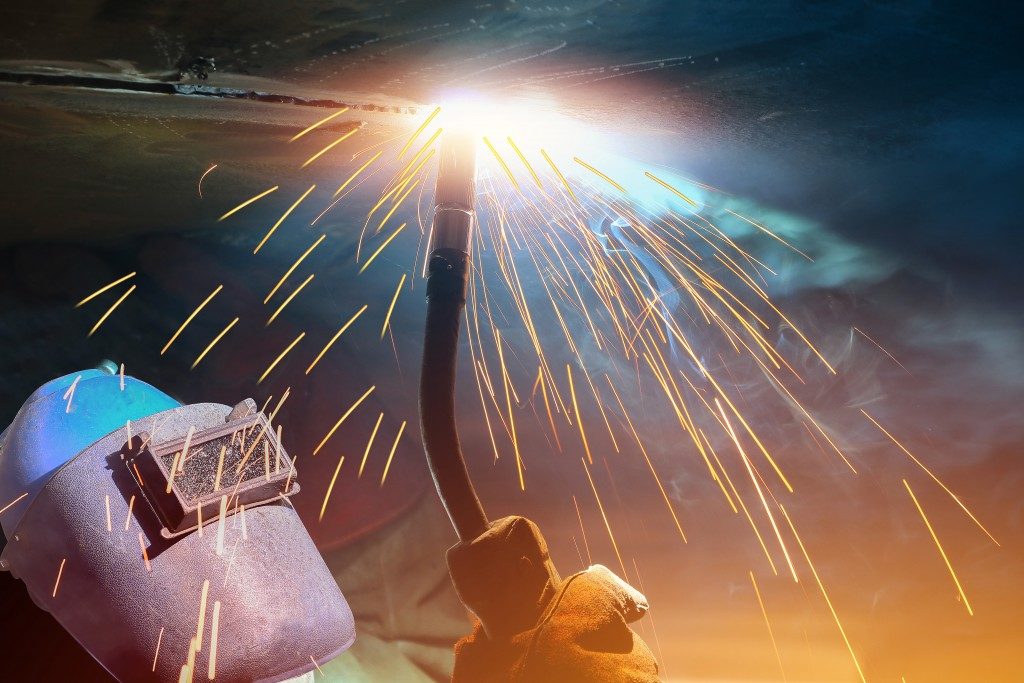Welding has become one of the staple tools across different industries, from manufacturing and construction to servicing and repairs. There are different types of welding types, but they all present certain health risks and hazards:
Fire Hazard. The process of welding involves temperatures of up to 20,000 degrees Celsius, depending on the type of welding tool. As such, catching fire or setting nearby flammable objects ablaze is a common risk for welders. Additionally, both direct and indirect skin contact with high temperatures can cause severe burns.
Electric Shock. Electric shock could occur due to splits and cracks in the cables.
Radiation Burn. Welding generates UV, infrared, and white light. Combined, these lights together with extreme heat can cause radiation burns to the welder’s face, eyes, limbs, and any exposed or unprotected bit of skin.
Respiratory Issues. Welding involves the release of toxic smoke and fumes that can cause short and long-term respiratory problems. Additionally, the gases used in certain types of welding machines can displace oxygen and can cause suffocation.
Vision Loss. The extreme light and radiation from welding can cause welder’s flash or photokeratitis which can result in temporary blindness and discomfort. More extreme cases can even result in permanent blindness.
Read the Manual or Undergo Proper Training
One of the best ways to avoid any of these hazards and health risks is to read the manual on how to properly operate the welding machine, as these manuals often include both the instructions on how to use the machine and the safety equipment and precautions required when using it. Undergoing a training program on both welding operation and safety can be integral in keeping you or your operation’s welders safe, as well as ensuring high-quality welding jobs.
Dress Properly
Remember, any uncovered bit of skin can be susceptible to heat, radiation, and burns. As such, it’s important that you wear proper clothing and personal protective equipment before you start welding. Welders should also remember not to keep any matches or lighters in their person when operating a welding machine. Wearing of masks, gloves, and other protective gear should be enforced in any workshop or workplace.
Welding Tool Quality and Maintenance

Preventive maintenance and the use of good quality tools are vital in both ensuring safety and quality of work. As such, it’s important to check your welding gun, wires, and consumables for any wear and damages, and to invest in a good welding gun with reliable and durable cables. Your personal protective equipment such as gloves and helmet should also be in working order to protect yourself from the heat, sparks, and shock. It’s also important to make sure that your welding wires are kept rust free, and just as important to invest in good welding wire quality. Compromised wire quality can affect both the quality of your work and your safety, so make sure to be meticulous in choosing your MIG welding wire suppliers.
Proper Ventilation and Air Supply
To avoid respiratory issues, it’s important to have proper ventilation by using vents and exhaust hoods in the work area to ensure clean breathable air. In certain types of jobs and materials, it may even be necessary to use respirators.
Conclusion
Whether you’re the one doing the welding, or you’re working with or handling welders for a business or workshop, it’s always important to prioritize safety. So be sure to follow these basic yet essential safety tips for your next project.

